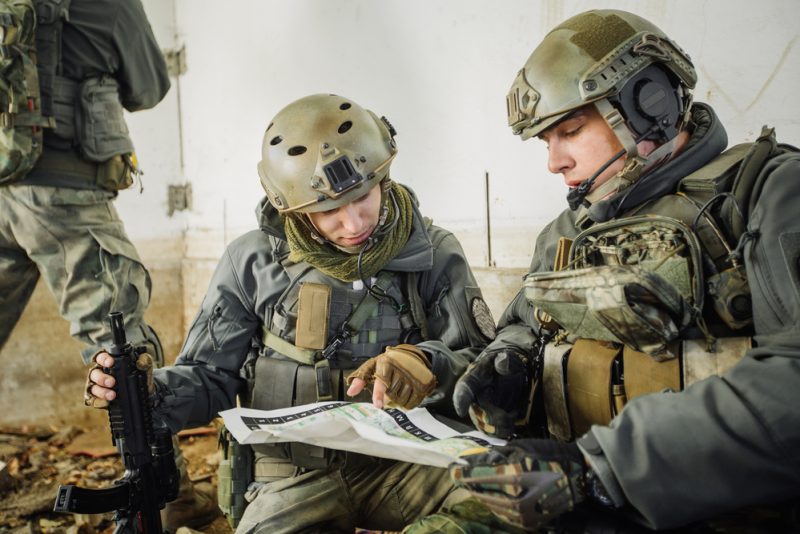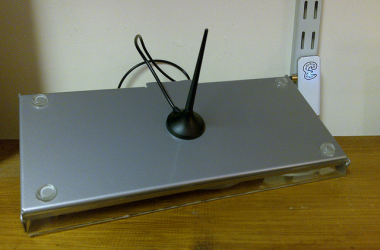Table of Contents Show
The body armor manufacturing industry manufactures body armor for use in the military and law enforcement. The body armor includes products such as helmets and bulletproof vests.
The products manufactured by the body armor industry can be grouped into four major categories.
- Soft body armor
- Hard body armor
- Headgear
- Any other
The key market applications include,
- Defense
- Homeland Security
- Civilians
- Other
Key Factors Integral to The Success of a Body Armor Company
The Company Should Have Contacts Within Key Markets.
The body armor market is insular. Unlike other products where civilians are the primary consumer, this market largely depends on government institutions.
Therefore, for a body armor company to succeed, having contacts and relationships within the market is vital.
The Company Must Have Access to Quality Input.
It follows that quality input will produce quality output. It is particularly crucial that a company in this industry have access to quality input because the final product determines life and death.
Inferior input will lead to inferior output and no organization is willing to put lives at risk because of an inferior product.Â
The Company Must Ensure Quality Control
For body armor companies to succeed, then the reputation in terms of quality must be stellar. A government of a given country or a body with authority like Homeland Security can only do business with a company whose track record in terms of quality is proven.
The Threats and Opportunities in The Industry
Fluctuating Defense Budget
As mentioned earlier, Defense is a key player in the body armor manufacturing industry. Depending on the state of the nation at a given time, the Defense budget fluctuates.
For example, in 2015, the budget was $598 billion, yet in 2016 it was $521.6 billion. Anytime the Defense expenditure is less, the industry experiences difficulties and the opposite is also true.
A Projected Increase in Spending On Body Armor Over the Next Five Years
Numerous experts in the industry have estimated that the body armor manufacturing industry will see notable growth in the next five years.
One of the reasons for this estimate is that older body armor is expected to be replaced. Second, the United States is in a combat situation with Syria.
The expected increase in body armor spending is an opportunity for a company that wishes to leverage this.
Export Opportunities
For one reason or another domestic demand might decrease. In such a situation then a company should consider exports.
SIPRI (Stockholm International Peace Research Institute), established that between 2010 and 2014, the United States was the largest exporter of major arms. It follows that countries that import arms will also need body armor. This is a lucrative opportunity that a body armor manufacturing company can take advantage of.
Â
Top Three Best Body Armor Manufacturing Companies
These three companies were recognized by a report published on 20th April 2018, as having a considerable market share.
1. TenCate
TenCate works to ensure survivability of those operating in a hostile environment. They do this by hiring employees with a military background who in turn can help develop the most efficient products.
The company manufactures a wide range of personal protective equipment for law enforcement, military and civilian applications globally.
2. BAE Systems
BAE Systems is a global defense company whose goal is to protect people in the best way possible. The company has its headquarters in London but it does business worldwide.
BAE system is a major supplier to the United States Department of Defense. The company has been involved in notable projects, for example, the Eurofighter Typhoon.
3. Safariland
Safariland makes and distributes security products such as body armor and tactical headsets. The company is also particularly known for its ‘less lethal’weapons.
Final Word
The body armor manufacturing industry can be lucrative if done right. Weapons will continue becoming more sophisticated and this creates a need for equally sophisticated protective gear.









